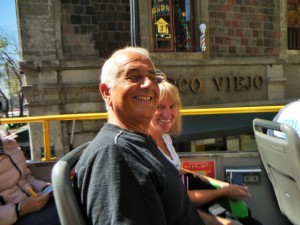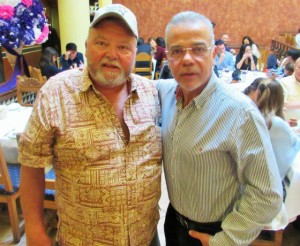
March 19, 2016 – Still catching up on the Blog, we in a campground just outside San Miguel Allende arrived on the 16th of March (Hotel San Ramon & RV Park). This Blog will be about our Mexico City visit from March 10th until our departure March 15th.
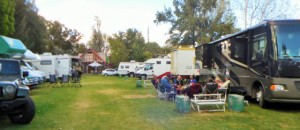
We returned to Mexico City (our 3rd visit in 31 years) after a long drive from Puebla, Lisa and I were leading but that changed after a couple of wrong turns, when Mike & Kelly took the lead for the final 30 miles (50 km) or so. As the driving day progressed it became very windy, to the point where Roland & Janice had to pull off and secure their awning. As we would find out later, the upside was clear blue skies in Mexico City to start our stay, a rarity in this normally polluted metropolis of 30 million people. Our destination was the Teotihucan RV Park in Teotihucan, this is the same park we stayed at in 2002 of December with Kirsty, Ken and Heather.
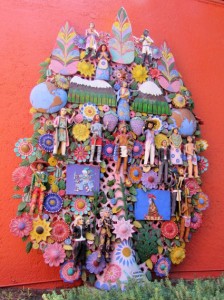 When we arrived in town it became apparent that some road diversions were place and our entry into the RV Park was not going to be straight forward. Before you could say Mexican standoff we had traffic jammed up, lots of horn honking, a policeman involved and multiple people giving directions, oh good. Yes the definition of a good ole ”Cluster F*#*” fortunately after 30 minutes or so, cooler heads prevailed (not necessarily mine), and we got it sorted out. The park was tight, much smaller than I had remembered. The park was nearly full, all Europeans, almost half of the RVs in storage. I was the last one to actually park our RV, not sure what the two guys (a Brit and Frenchman) were doing standing watching me other than getting in the way, I actually had to ask them to move as I was jockeying the trailer into the spot. That cold beer tasted very good once everything was set. Later we organized a laundry drop and went out to the local Pizza joint for dinner.
When we arrived in town it became apparent that some road diversions were place and our entry into the RV Park was not going to be straight forward. Before you could say Mexican standoff we had traffic jammed up, lots of horn honking, a policeman involved and multiple people giving directions, oh good. Yes the definition of a good ole ”Cluster F*#*” fortunately after 30 minutes or so, cooler heads prevailed (not necessarily mine), and we got it sorted out. The park was tight, much smaller than I had remembered. The park was nearly full, all Europeans, almost half of the RVs in storage. I was the last one to actually park our RV, not sure what the two guys (a Brit and Frenchman) were doing standing watching me other than getting in the way, I actually had to ask them to move as I was jockeying the trailer into the spot. That cold beer tasted very good once everything was set. Later we organized a laundry drop and went out to the local Pizza joint for dinner.

The next day on Friday we decided to take transit to the metro and leave the Baja Amigos Collectivo at the campground, wise decision. 38 pesos for the bus, and a 3 block walk from the RV Park, 5 pesos for the subway, anywhere you wanted to go. We left at 9am and arrived at the Zocalo about 11 am, the gang split up and went many directions agreeing to meet at 2:30 pm. Lisa and I had seen most of the sites immediately around the Zocalo so we headed further into town. As I had said earlier it was a fantastic day with clear blue skies because of the big wind, a perfect day for photos in Mexico City.
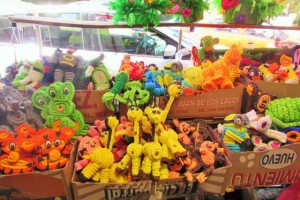
Day 3, Saturday we left 30 minutes earlier and had arranged to meet Estella, Antonio Resendiz’s niece at the Zocalo. Estella had stayed with us 2 years before while taking English in Vancouver. We stayed with Estella’s Grandparents (Antonio & Estella Resendiz) at Xmas in 1985 on our 1st Mexican adventure. We still see Antonio & Bety (Estella’s Uncle) on a regular basis in Bahia de Los Angeles on Baja. Estella brought Manuel, her cousin, and we introduced them to the gang, then we all went and purchased tickets for the TuriBus. The 4 of us dropped off at the Anthopology Museo, well worth a look for sure and then made our way to Chapultepec Park and Castle an iconic public park for Mexicans that includes deep historical roots to the Mexican-American War.
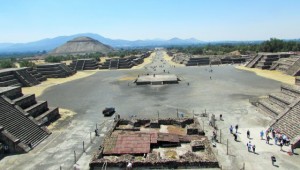
Particularly “The Battle for Mexico City” referring to the series of engagements from September 8 to September 15, 1847, in the general vicinity of Mexico City during the Mexican-American War. Included are major actions at the battles of Molino del Rey and Chapultepec, culminating with the fall of Mexico City. The U.S. Army under Winfield Scott scored a major success that ended the war. The American invasion into the Federal District was first resisted during the Battle of Churubusco on August 8th where the Saint Patrick’s Battalion, which was composed primarily of Catholic Irish and German immigrants, but also Canadians, English, French, Italians, Poles, Scots, Spaniards, Swiss, and Mexican people, fought for the Mexican cause repelling the American attacks. After defeating the Saint Patrick’s Battalion, the Mexican–American War came to a close after the United States deployed combat units deep into Mexico resulting in the capture of Mexico City and Veracruz by the U.S. Army’s 1st, 2nd, 3rd and 4th Divisions. The invasion culminated with the storming of Chapultepec Castle in the city itself. During this battle, on September 13, the 4th Division, under John A. Quitman, spearheaded the attack against Chapultepec and carried the castle. Future Confederate generals George E. Pickett and James Longstreet participated in the attack. Serving in the Mexican defense were the cadets later immortalized as Los Niños Héroes (the “Boy Heroes”) who fought to the death rather than retreat as ordered. The Mexican forces fell back from Chapultepec and retreated within the city. Attacks on the Belén and San Cosme Gates came afterwards. The treaty of Guadalupe Hidalgo was signed in what is now the far north of the city.

After our visit to the Chapultepec we met Estella’s Sister, Gabriela and Manuel Sr. (Antonio’s brother and Manuel’s Dad) for lunch, we have not seen Manuel Sr. in over 30 years. We had lunch at a very beautiful restaurant upscale authentic Mexican restaurant not too far away from the Chapultepec (20 minute Uber ride), wonderful meal, hosted by Manuel Sr. Afterwards we said our goodbyes and took an Uber Cab back to the RV Park, less than an hour and about $40 USD.
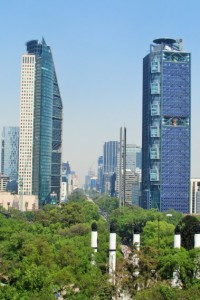
The next day same trip into town with the gang, the bus and the metro and this time we took the subway to Coyoacan to meet Estella again. This time we also met Estella Sr. (Estella’s Mom and Antonio’s Sister). We had a lovely drive around parts of Coyocan, drove by where we stayed in 1985, the Zocalo and church where we visited. We went in the church and went into the crypt where Antonio & Estella remains were interned, the visit was moving for both Lisa and I. We also went to the local Mercado and Art Exhibition. Later we headed back to Estella’s Condo where she resides with her parents. Rodolfo returned later in the, we had a good chat and they hosted dinner, very tasty and hospitable indeed. We said our goodbyes and jumped in an Uber Cab once again, back to the RV Park in about 1.5 hours. We really enjoyed our time in Mexico City and reconnecting with old friends and new alike. We look forward to our return and a much longer stay.
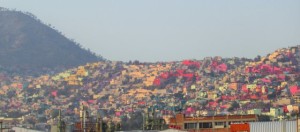
Our last day at the RV Park saw us visit the nearby archeological site Teotihuacan which pre-dates the Aztecs in Mexico City by a thousand years. Bruce stayed later than anyone else (by 4 hrs). Since our last visit in 2002 more work has done with more of the site uncovered to the public. Fortunately you are still able to climb both the Pyramid of the Sun and Moon. We have since learned that the Rolling Stones visited Teotihuacan the day after our visit, good thing Bruce did not know, he would have slept on site overnight and been arrested. Later back at the RV Park many readied themselves and RVs to depart the next day. We also had an impromptu gathering in the afternoon sun before heading off to some grocery shopping.
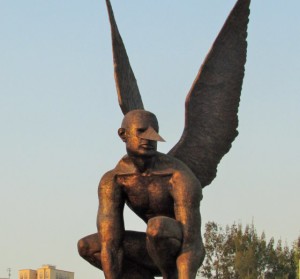
During our stay here, Eileen learned that her Mom had fallen and broken her hip, long story short Rafael & Eileen are cutting their tour short, in turn Bruce & Marian are also leaving since Marian’s Mom is also not well and her situation is worsening. Grant & Anita have also decided accompany Bruce & Marian and Rafael & Eileen, only fitting as these three (3) couples traveled together after Xmas from BC to meet up with all of us in Pharr Texas. It is unfortunate they will miss the last 20 days of the tour but completely understandable. We wish them a safe and speedy return.
The following morning at 8:30 am we departed for Queretaro, the group will split when we leave from there to San Miguel Allende, the adventure continues.
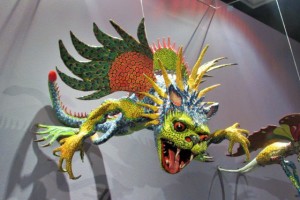
Did you know?
Cerro de San Pedro is a town and seat of the Municipality of Cerro de San Pedro, located in the state of San Luis Potosí in central Mexico. It is located in hills, 5 kilometres (3.1 mi) northeast of the city of San Luis Potosí. As of 2005, the population was 95. The town site is now threatened by the new and adjacent open pit gold mining operations.
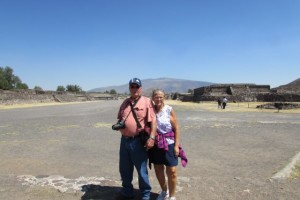
The village is located in the central part of the state, at 2,040 metres (6,690 ft) above sea level. The city borders Soledad de Graciano Sánchez on the north and west, Armadillo de los Infante on the east, and San Luis Potosí city on the southwest, and Villa de Zaragoza on the south. The coordinates of the city center are 100° 49’ west longitude and 22° 13’ north latitude.
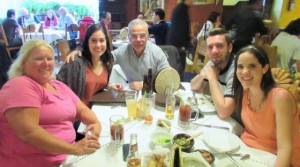
Towns
The towns and colonias in the Cerro de San Pedro Municipality include:
| · Cerro de San Pedro (Cabecera Municipal, municipal seat)
· Portezuelo · Real del Potosi · Monte De Caldera · Cuesta de Campa · La Zapatilla · Divisadero |
· Calderon
· Jesus Maria · Joyita de la Cruz · La Florida · Granjas de San Pedro · Granjas de la Florida · Planta del Carmen |
History
The hills were in the homelands of the indigenous Chichimeca people and Guachichil people during the Pre-Columbian era. The town started as a Spanish colonial mining settlement for gold and silver, and was formally established in 1592. It was the founding town of the state, and a symbol of its mineral rich hill is prominent in the state’s coat of arms. Unfortunately, the hill has disappeared in the 2010s, due to the new open pit mine consuming its mass and site.
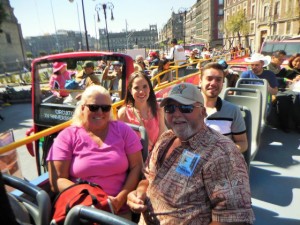
Mining history
In 1592 padre Diego de la Magdalena met with some of the Guachichil peoples in the pueblo of Mesquitique. Among them was one man named Cualiname or Gualiname, who brought attention the golden outlines in their face paintings. The missionary asked him where he had obtained this pigment, and was told there was much of the powder to the east of Mesquitique. Magdalena told Padre Francisco Franco about this discovery, who then told Captain Miguel Caldera, who took possession of the place from the indigenous peoples for the Viceroyalty of New Spain. Captain Caldera sent Gregorio de León, Juan de la Torre, and Pedro de Anda to verify the existence of the minerals. The latter named the locale San Pedro del Potosí, to honor his namesake saint and in memory of the famous mines of the Potosí in Alto Perú of the Viceroyalty of Peru, in present day Bolivia.
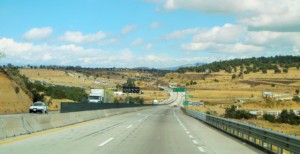
Gold and silver were found in and around the hills of San Pedro, but there was not enough local water to support mining operations. The nearest water source was to the north in the homelands of the Chichimeca people. Hinderances were overcome by 1624, and the mines were rich producers of gold and silver for centuries. The Mesoamerican historian Primo Feliciano Velázquez y Basalenque included extensive descriptions of the Cerro de San Pedro area in his accounts.
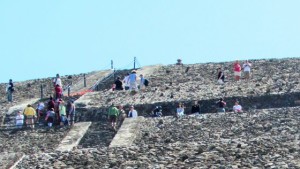
Mines
Historic gold and silver mines in the Cerro de San Pedro District include:
| · Mina La Descubridora
· Mina San Pedro Celestial · Mina Bisnagas · Mina Barreno · Mina Socavon Aventurero · Mina la Victoria, · Mina 5 de Mayo |
· Mina San Pedro el Alto
· Mina San Pedro el Bajo · Mina Catillas (located on Bufa Hill) · Mina Begonia · Mina Socavon del Rey · Mina Dorotea |
· Mina La Encantada
· Mina La Flor · Tiro San Pedro · Tiro Juarez · Mina Cañon de las Mulas · Mina Salon Colorado |
Main shafts
- San Pedro shaft
- Juarez shaft
- Begonia shaft
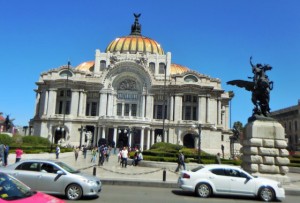
Contemporary mining
In the 20th century the mines were operated by several companies, including the Metalúrgica Mexicana subsidiary of American Smelting and Refining Company (ASARCO) beginning in 1928. A miners’ strike occurred in 1948 for improved conditions and pay, but the miners lost. ASARCO decided to leave, but not before destructively collapsing the main shafts and tunnels, though the mines were never declared exhausted. Canadian mining company Metallica Resources acquired the mines in the latter 20th century. The mines were later acquired by Canadian New Gold Inc., through the Mexican subsidiary Minera San Xavier (MSX), from Metallica Resources in 1997.
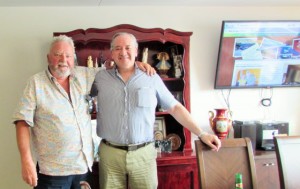
Open pit mine
In 1997, MSX had received an authorization from local authorities to start the mining project. There was and remains significant opposition because the open pit would is in an area that was declared an area of colonial monuments in 1972 as well as a wildlife preservation zone in 1993. In 1999, the Mexican Ministry of Environment and Natural Resources (SEMARNAT) granted MSX an environmental permit to conduct mining operations. The same year, after notable local and national opposition and a number of opponents we assassinated, the Cerro de San Pedro Mine was restarted for gold mining by New Gold/MSX, though as an open pit mine instead of using underground methods. Since MSX was granted the mining permits, an ongoing legal struggle between MSX and diverse groups opposing the project started (est. 2003).
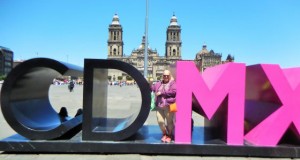
In March 2004, the Unitary Agrarian Tribunal rejected the lease MSX had been using since 1999 to operate in ejidal lands because they had used falsified signatures. Then in 2004, the National Defense Secretariat gave MSX authorization to use of explosives, which violated a previous decree issued by the Second District Court. Then in 2004, the National Institute of Anthropology and History (INAH) presented a lawsuit against MSX, stating that historical monuments had been damaged by the new use of explosives. The nearby central historic district of the city of San Luis de Potosí is part of a UNESCO World Heritage Site. Finally in 2004, the Supreme Tribunal of Fiscal and Administrative Justice cancelled the environmental permit granted to MSX by the SEMARNAT in 1999, ruling that a permit never should have been granted. MSX requested an appeal and continued to operate. In 2005 the appeal was rejected and the Supreme Tribunal ratified the cancellation of the environmental permit. The mine was closed.
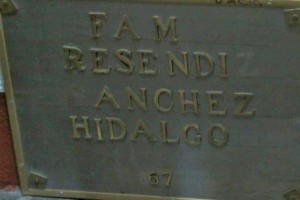
In 2006, after President Vicente Fox publicly announced his support for MSX, the Mexican government granted them a new environmental permit. In 2010 the Supreme Tribunal nullified the permit granted to MSX in 2006 and the Environment Federal Agency (PROFEPA) closed the mine for the second time. In September 2009 the Mexican Federal Tribunal of Administrative and Fiscal Justice unequivocally declared the 2006 environmental Change of Land Use permit necessary to operate the mine “null and void.” In a November 2009 press release, [ MSX−New Gold Inc: 2 November press release MSX misinformed the shareholders and public it had filed an appeal. In late 2010 the SEMARNAT issued MSX a new permit, despite strong local opposition, and the mine began operating again. 25 tons of explosives are detonated daily, and the namesake hill, Cerro de San Pedro, no longer exists.
